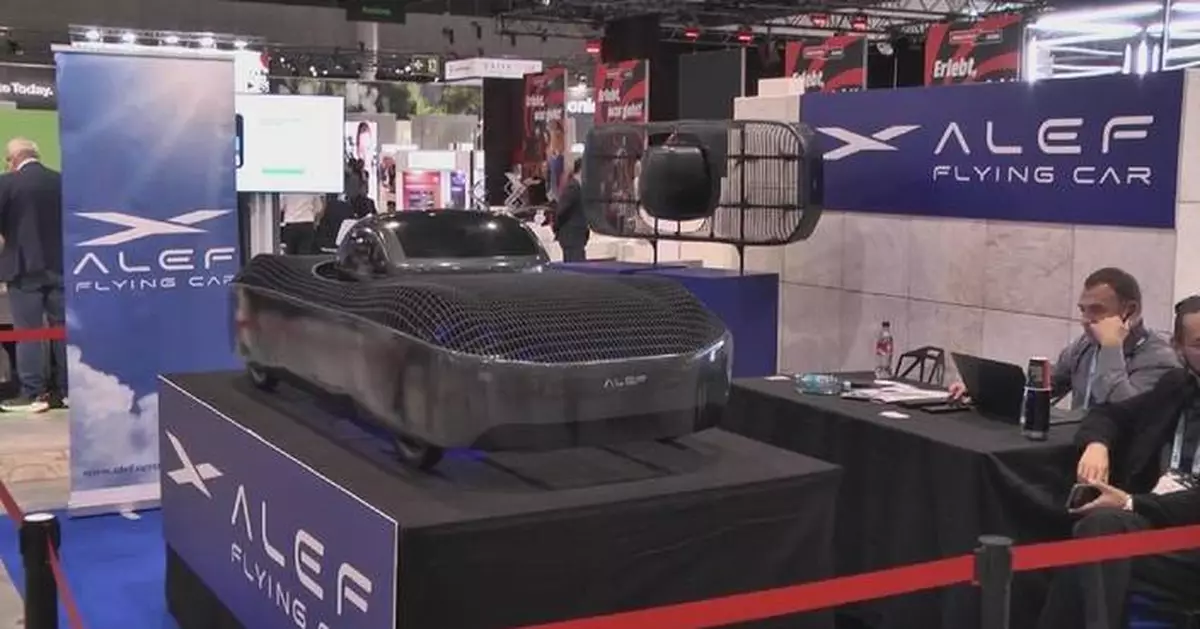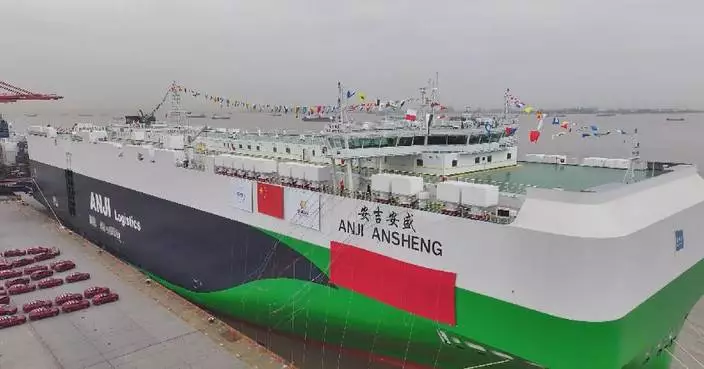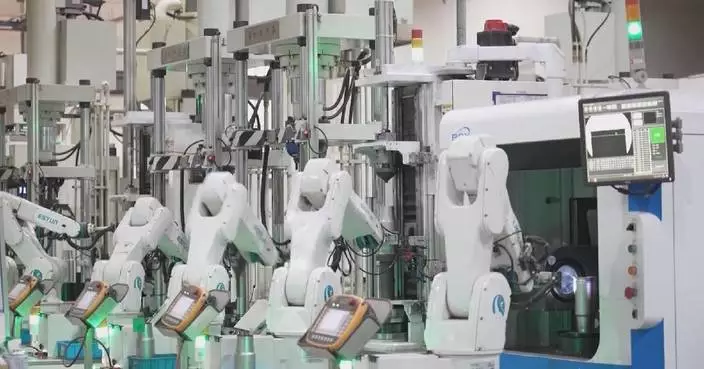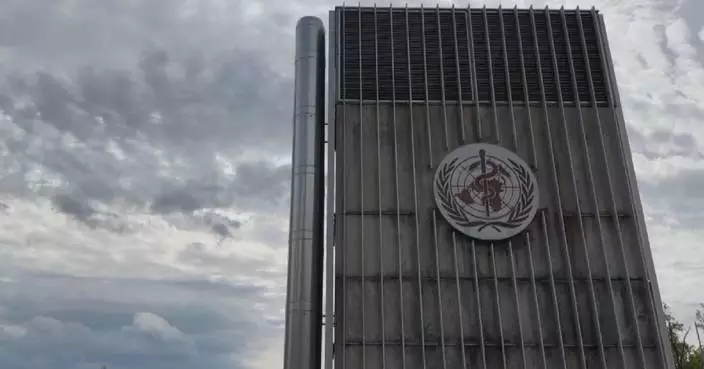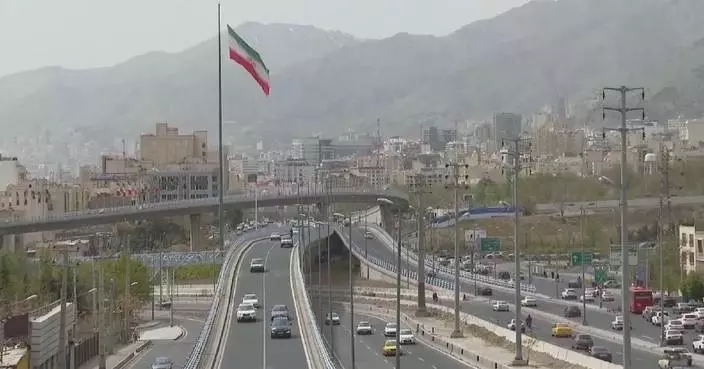An array of cutting edge technologies and innovative products have impressed visitors to the IFA Berlin 2024 opened Friday in Berlin, including a flying car and smart household robots.
The electric flying car, presented by Alef Aeronautics, a U.S.-based flying car maker, garnered much attentions at the event. The design of the car aims to enhance travel efficiency while prioritizing energy conservation and environmental protection.
"Our goal is to make world more efficient and to move the world faster and also greener because it's 100-percent electric. So, the goal is to make sure the whole world moves much faster because flying car gets you to the destination in almost all the cases much faster than any other mode of transportation," said Jim Dukhovny, CEO of Alef.
According to Dukhovny, the company has received over 3,000 pre-orders for this car, with production scheduled to begin in 2025 at an initial price of around 300,000 U.S. dollars. During the early stages of production, consumers will have the opportunity to experience this flying car through shared mobility. As production scales up, the price of this car is expected to decrease by around 35,000 U.S. dollars.
Furthermore, Alef has forged a partnership with a company in Hong Kong to make inroads in the Chinese market.
A floor-cleaning robot has also attracted a lot of attention at the event due to its cutting-edge technologies. Unlike traditional floor-cleaning robots that could stuck in obstacles during work, this robot has effectively addressed this issue by incorporating mechanical legs that enable it to stand up and navigate obstacles. This feature allows it to efficiently clean various areas within a household.
"At this IFA, we unveiled several industry-first technologies, such as dual mechanical leg obstacle crossing, dual brush rolls, and anti-tangle for hair. With these cutting-edge technologies, the floor-cleaning robot can truly help people by freeing up their hands," said Chen Yanshou, sales director for Southwest Europe at Dreame, a Chinese consumer product company specializing in smart home cleaning appliances.
Moreover, another robot showcased at the event stands out from most robots on the market. It is a cognitive robot equipped with the ability to hear, see, and perceive, enabled by intelligent data processing systems. This robot can not only handle household tasks but also provide care and attention to individuals at home.
"So, it means that it can stay longer at home that they are feeling safe because the robot is actually able to see your pulse or seeing like if you're falling or whatever. Also, you can have a connection with your relatives through this platform and that's I think the big advantage you have. You feel more safe, you feel also somebody is actually there to care for you," said David Reger, CEO of NEURA Robotics, a German robotic startup.
This year's IFA has brought together over 1,800 global exhibitors, 125 keynote speakers, and more than 182,000 visitors from 139 countries.
Marking the 100th anniversary of IFA, this year's event features global tech giants showcasing their cutting-edge innovations.
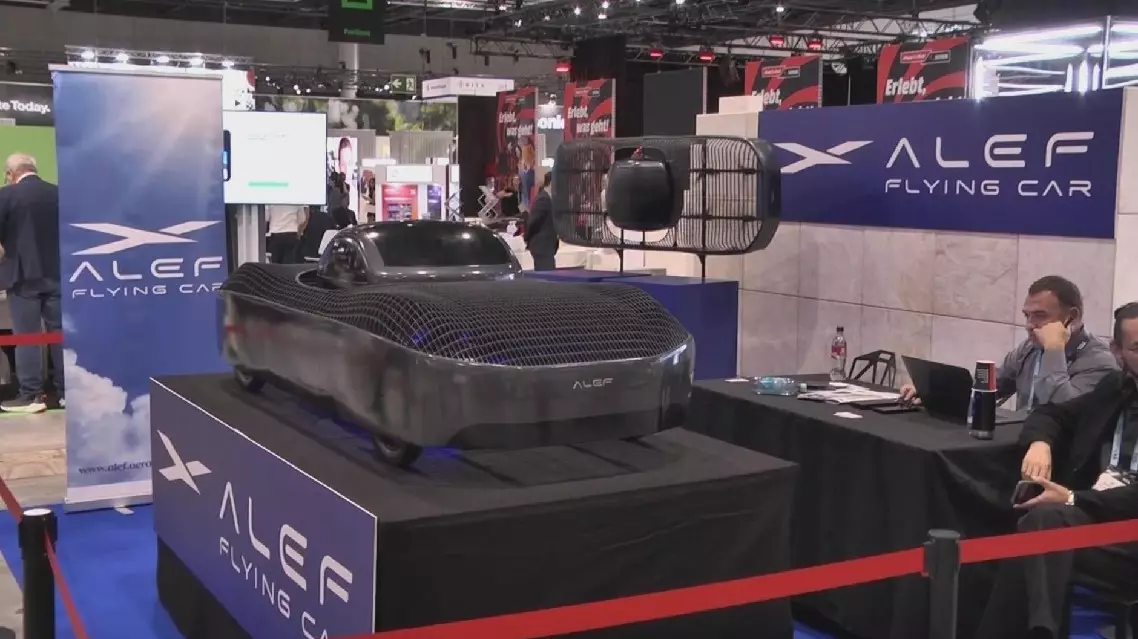
Electric flying car, innovative household robots impress visitors at IFA Berlin 2024


